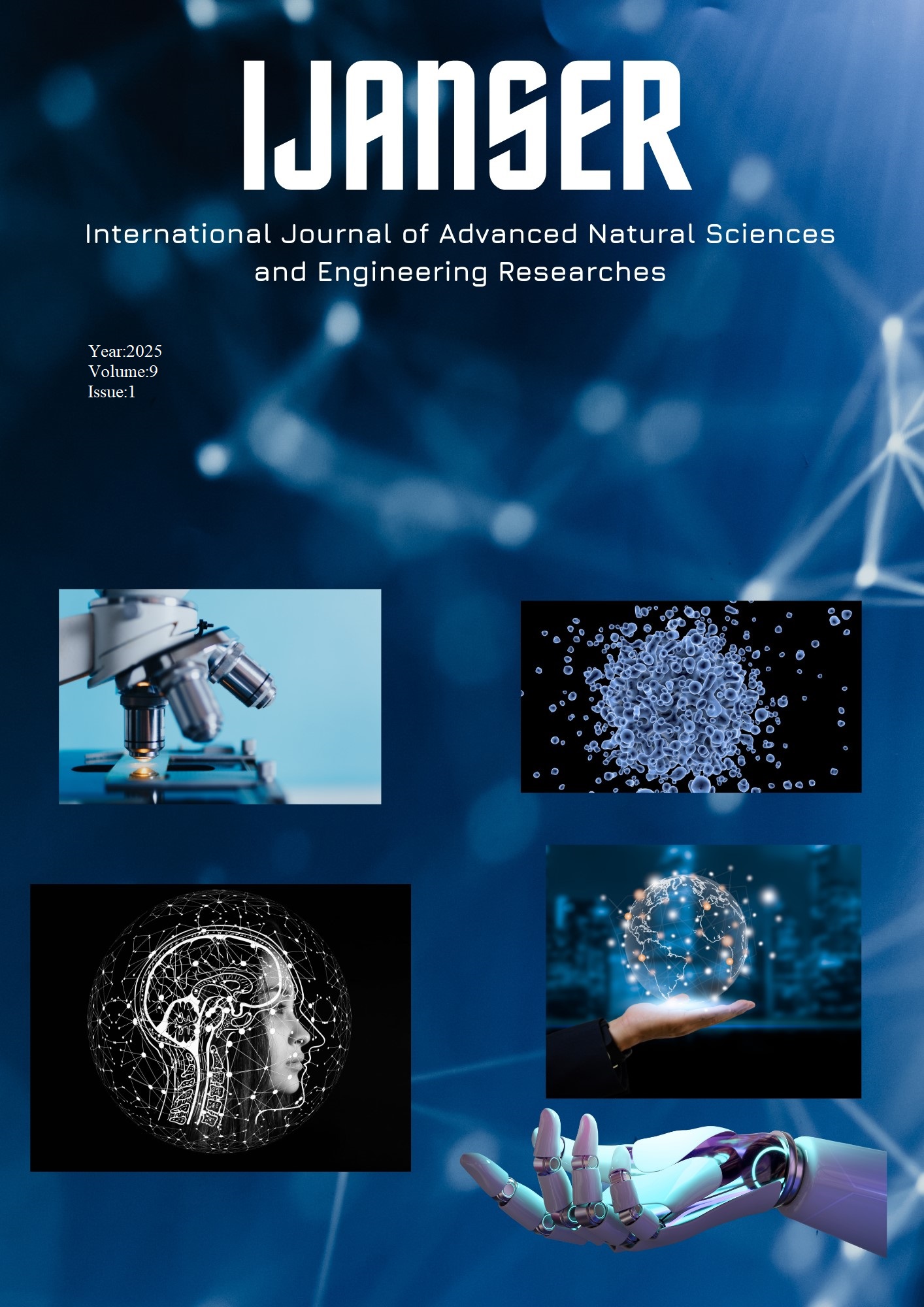Hybrid Threats in the Digital Age: A Comprehensive Analysis of Evolving Attack Vectors and Mitigation Strategies
Keywords:
Hybrid Threats, Cyberattacks, Disinformation, Digital Resilience, Cybersecurity, Critical InfrastructureAbstract
In the interconnected world of the 21st century, the nature of conflict and competition has evolved beyond traditional military confrontations. Hybrid threats, characterized by the blending of conventional and unconventional tactics, pose a significant challenge to nations, organizations, and individuals. This paper delves into the complex landscape of hybrid threats, focusing on the increasing role of digital attack vectors. By analyzing recent case studies and emerging trends, we aim to provide a comprehensive understanding of the multifaceted nature of hybrid warfare in the digital age. Furthermore, we explore potential mitigation strategies to enhance resilience against these evolving threats.
Downloads
References
Bartoš, Alexander. 2022. The fog of hybrid warfare. Another view of the conflicts of the 21st century.2022. Torden.
Gombár, M. Vagaská, A. Korauš A. Račková, P. Pavlína. Application of Structural Equation Modelling to Cybersecurity Risk Analysis in the Era of Industry 4.0. Journal of Cybersecurity, 2023, roč. 5, č. 2, s. 120-135.
IBM. X-Force Threat Intelligence Index 2024.
Jackson, K L. Hybrid work is fueling a spike in ransomware and costs are rising. https://www.business.att.com/learn/articles/hybrid-work-is-fueling-spikes-in-ransomware-and-costs.html
Krysińskej , J. Biggest data breaches of 2024 (2024, December 17). https://nordlayer.com/blog/data-breaches-in-2024/
Mehta, U. Issue #31: Why Giant Companies Stop Using Hybrid Environments After a Data Breach. (2024, December 6). https://www.linkedin.com/pulse/issue-31-why-giant-companies-stop-using-hybrid-after-data-umang-mehta-59onf/
Ministry of the Interior of the Slovak Republic. 2024.Press release on bomb threats. https://tinyurl.com/y2tmweny
Novikava, A. (2024, December 10). Cybersecurity statistics 2024: key insights and numbers. NordLayer. Retrieved from https://nordlayer.com/blog/cybersecurity-statistics-of-2024/
Nowicka, J. Ciekanowski, Z., Czternastek, M., Król, A., & Kacprzak, M. (2024). Navigating Hybrid Threats: Advanced Security Solutions for Modern Organizations. European Research Studies Journal, 27(2), 488-499.
https://tradingeconomics.com/slovakia/gdp
https://tradingeconomics.com/slovakia/gdp-from-construction
https://nordlayer.com/blog/cybersecurity-statistics-of-2024/
https://www.csis.org/programs/strategic-technologies-program/significant-cyber-incidents
Vráb, F. A possible model of effective prevention of hybrid threats in the enterprise environment. Management in theory and practice: an online professional journal on new trends in management. Košice: Department of Economics and Management PHF EU, 2023, 19(2), 32-38. ISSN 1336-7137.
Vráb, F. (2024). Cyber Security and Bomb Threats in Schools: A Case Study of Slovakia. 4th International Conference on Engineering, Natural and Social Sciences ICENSOS 2024, 22-23 October 2024.





